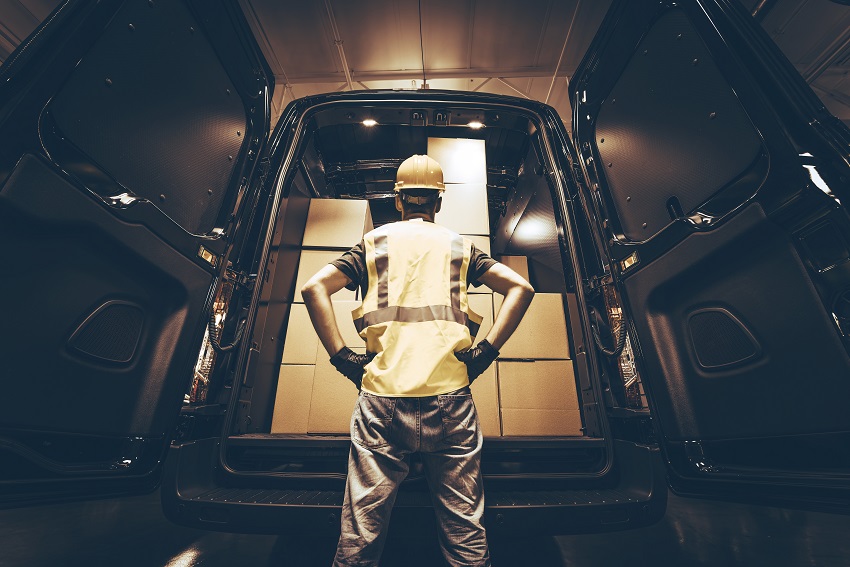The majority of B2B buyers now want the same purchasing experience that they get on the consumer side. And because transporting goods long distances in a B2B environment is far more cost-effective than the final leg of a shipment’s journey, carriers and shippers alike are still trying to figure out how to best service the last stop when it comes to smaller, local freight deliveries.
Delivering same or next day is expected, and a cost of doing business, for many more companies these days. For reasons we’ll explain, it’s making things very difficult for freight shippers servicing the last mile that are struggling to figure out the right strategies for this high-touch delivery process.
Local Logistics
One example of how companies are looking to improve their last mile is the trend of retailers choosing small warehouses in urban locations to improve local delivery efficiency. Smaller hubs can improve delivery times, but can be challenging when it comes to warehouse and inventory management costs. The good news is B2B fulfillment processes are improving to enable smaller order sizes and faster delivery windows, instead of focusing on moving large amounts of freight between large distribution facilities.
Trucking companies are adapting, too. Schneider National, the nation’s second largest truckload carrier, has been acquiring last-mile carriers to better serve B2B markets.
Last-mile startups are cropping up as well, but their actual impact is yet to be seen. While these startups have a lot of venture capital backing them, many do not have any relevant freight experience.
Technology
Can technology save the day when it comes to B2B freight delivery? Logistics technologies when implemented correctly can offer end-to-end solutions and create a delivery experience like B2C. Easy ordering, as well as the ability to check the status of deliveries and conduct transactions on any device are some of the benefits that B2B customers are now enjoying. Order management tools are streamlining the process for more efficient fulfillment operations as well.
The B2B purchasing environment is moving more toward self-service, even though B2B sales can be more complex than B2C transactions. But while the ordering and selling process may have less friction and be easier for customers, the goal still must be to implement last-mile distribution strategies that take into account the more complicated delivery process. Technology that supports planning and load optimization will equate to fuller trucks and fewer trips, especially during times of high demand.
Can the Sharing Model Work?
Most major B2B shippers and their carriers do not yet use the “sharing model,” made popular by rideshare company Uber. But that doesn’t mean there are not companies trying. Carriers like uShip and Uber Freight utilize a sharing concept that can make deliveries of larger items like vehicles and furniture — or any delivery requiring specialized equipment or capabilities — more cost-effective. Many of these types of crowdsourcing and sharing platforms include a dashboard that allows shippers and 3PLs to get a quote and build a load, eliminating the need for a middleman.
The last mile represents a large, untapped opportunity for shippers to provide better service to customers, as well as for carriers and 3PLs to develop in new markets.
As companies look to find their place in the trend, using technology to operate efficiently and provide the service customers expect will be the most important thing providers can do. The need for better and faster service, and the requirement that it be done cost effectively, will not change. It’s those companies that figure out how to develop the best processes that will be successful.
Contact us at info@transportationimpact.com to learn more about how to save on your B2B deliveries.


